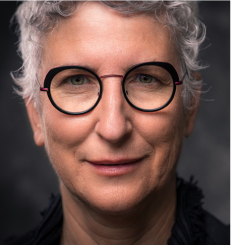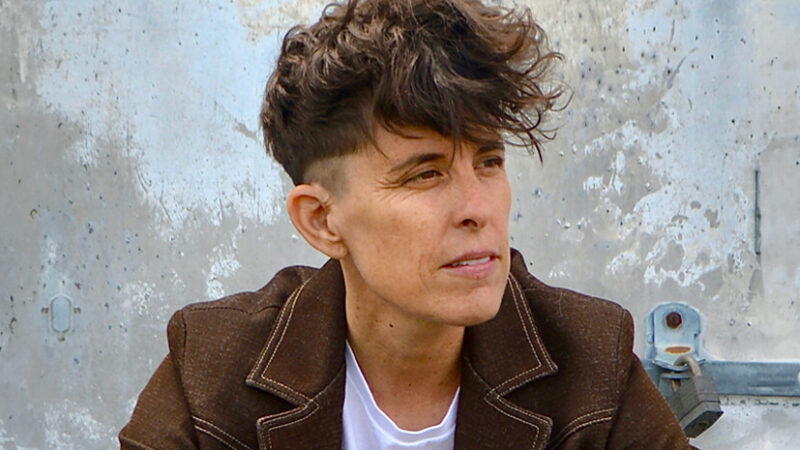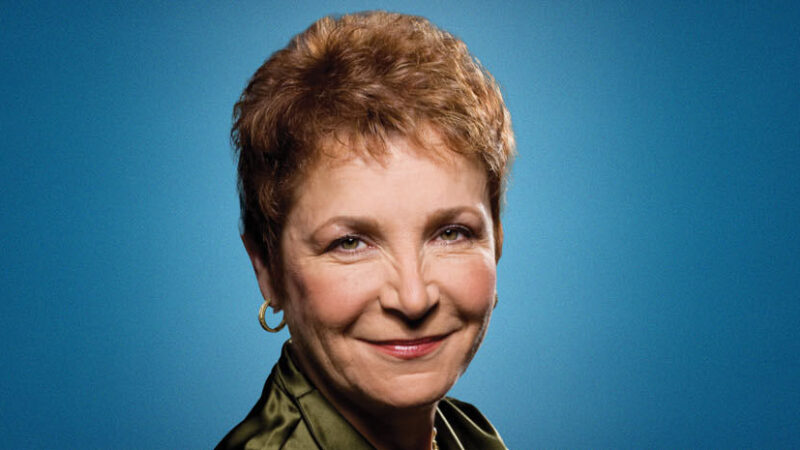How do meditation and mindfulness accelerate moral progress? Is spiritual insight alone sufficient to solve today’s problems? Dr. Sam Harris is a five-time New York Times bestselling author, philosopher, neuroscientist, and host of the popular podcast Making Sense. He is also someone who has practiced meditation for more than 30 years, having studied with teachers in Tibetan, Burmese, Indian, and Western traditions. Here, Tami Simon sits down with Sam Harris for a deep conversation on the nature of consciousness and the implications of spiritual realization.
Tune in for this “aha moment”–filled podcast exploring: the illusion of the self and the default state of identity; advaita and nonduality; two different types of mystery; the future of AI; psychic phenomena; synchronicity, superstition, and skepticism; a new perspective on how to be happy; the superpower of noticing; tantra; Dzogchen and “the goal as the path”; looking for what is looking; resolving the view; becoming mindful of “the glimpse”; meditating from the neck down; and more.
Note: This episode originally aired on Sounds True One, where these special episodes of Insights at the Edge are available to watch live on video with exclusive access to Q&As with our guests. Learn more at join.soundstrue.com.






